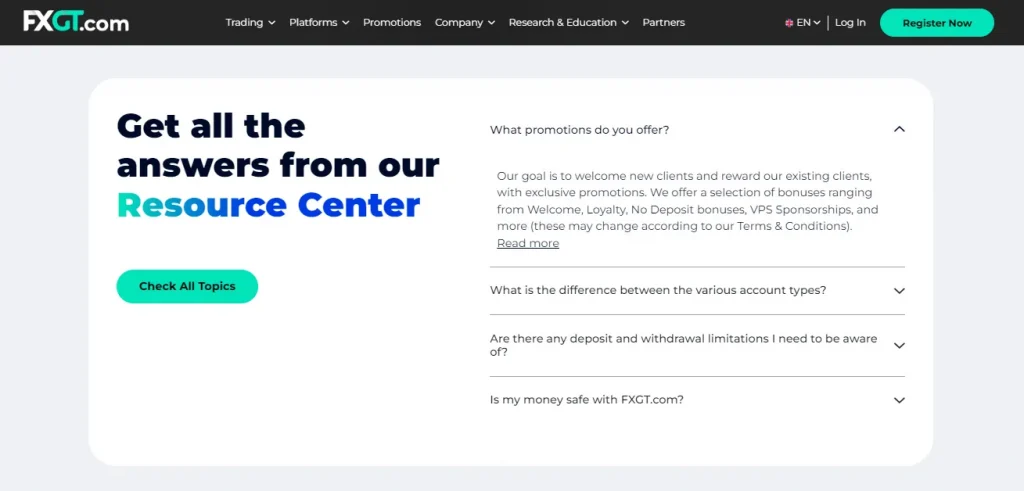FX Drawdown Overview
In South Africa’s vibrant forex trading landscape, mastering drawdown management has become essential for traders navigating the volatile ZAR pairs. Drawdown metrics serve as crucial indicators of trading strategy health, representing the peak-to-trough decline in your trading account’s equity. Within the context of South Africa’s emerging market dynamics, where currency fluctuations can be particularly pronounced, understanding drawdown becomes even more critical. Seasoned traders operating in Johannesburg’s financial hub recognize that effective drawdown management often determines their longevity in the market. The interplay between local economic factors and global forex movements creates unique challenges that require sophisticated drawdown monitoring approaches. South African traders must adapt their risk management strategies to account for both domestic market conditions and international currency trends.

South African Drawdown FX Dynamics
The unique characteristics of trading ZAR pairs demand specialized attention to drawdown metrics. South African traders face distinct challenges, including increased volatility during local market hours and significant exposure to commodity price fluctuations. Understanding how these factors impact drawdown patterns helps traders develop more resilient strategies. The relationship between local interest rates, political events, and currency movements creates complex risk scenarios that must be carefully monitored. Successful traders in the South African market have learned to adapt their drawdown thresholds based on these unique market dynamics.
Core Elements of Drawdown Control in African Markets:
Capital Preservation Strategies
- Risk-adjusted position calculations
- ZAR-specific volatility management
- Local market timing considerations
- Commodity correlation analysis
- Economic indicator impact assessment
- Cross-border transaction monitoring
- African market sentiment evaluation
Recovery Strategies for African Markets
Local Market Analysis Tools:
- South African technical indicators
- ZAR price action patterns
- JSE market correlation
- Regional sentiment indicators
- SARB policy impact analysis
- Commodity market influence
- African market cycles
South African Risk Management Framework
| Component | Purpose | Implementation Strategy |
| Local Stop Loss | Protect against ZAR volatility | Dynamic adjustment based on market hours |
| African Position Sizing | Manage exposure to local risks | Calculated against ZAR strength |
| Risk Allocation | Market-specific risk control | 0.5-1.5% per African market trade |
| Regional Drawdown Cap | Overall portfolio protection | 15-25% threshold with buffers |
Advanced South African Drawdown Analysis
Trading in the South African market requires sophisticated drawdown analysis methods. The core calculation remains (Peak Value – Lowest Value) / Peak Value × 100%, but local factors demand additional considerations. ZAR traders must account for heightened overnight risk due to global market influences. Modern South African trading platforms integrate specialized drawdown tracking features calibrated for local market conditions. Professional traders in Johannesburg maintain comprehensive drawdown journals that factor in unique African market variables. Statistical modeling of local drawdown patterns provides essential insights for risk forecasting. Historical data analysis specific to ZAR pairs helps predict potential drawdown scenarios.
African Trading Systems Integration
Modern trading platforms must be optimized for South African market conditions:
Local Automation Requirements:
- ZAR-specific entry validation
- African market exit protocols
- Regional risk algorithms
- Currency-pair position sizing
- Local market drawdown alerts
- South African performance metrics
- Regional system adaptations
South African Performance Standards
| Metric | Target Range | Critical Level |
| Intraday Drawdown | 0-2.5% | >4% |
| Weekly Assessment | 0-6% | >8% |
| Monthly Evaluation | 0-12% | >15% |
Market Conditions in South African Trading
South African traders must navigate unique market conditions affecting drawdown:
Regional Market Assessment:
- SADC trading hours impact
- ZAR liquidity windows
- Resource market correlations
- Local political event risk
- African economic cycles
- Cross-border capital flows
- Regional market integration
mplementation Framework for SA Markets
Successful drawdown management in South African markets requires:
Key Implementation Phases:
- JSE trading hour adjustments
- SARB policy adaptation
- African risk parameter calibration
- Regional recovery protocols
- Local market documentation
- Continental benchmark analysis
- ZAR-specific optimization

Advanced Risk Controls for African Markets
Implementation of sophisticated risk measures tailored to South African conditions:
Regional Risk Protocols:
- Multi-currency stop management
- ZAR trailing stop methods
- Local breakeven adjustments
- African market profit taking
- Regional position scaling
- Cross-border hedging
- SADC risk parity approaches
Conclusion
Mastering drawdown management in South Africa’s forex market requires understanding both global and local market dynamics. Traders must maintain strict discipline while accounting for unique regional factors affecting the ZAR. Success in South African forex trading demands technical expertise combined with local market knowledge and psychological resilience.
FAQ
What drawdown percentage is acceptable in South African markets?
Given local market volatility, maintaining maximum drawdowns between 8-12% is recommended for sustainable trading in ZAR pairs.
How should drawdown be monitored during South African trading hours?
Continuous monitoring during local market hours (9:00-17:00 SAST) with additional attention during London/NY overlap periods.
How do local economic factors affect drawdown patterns?
South African economic indicators, political events, and commodity prices can significantly impact ZAR volatility and drawdown levels.
What relationship exists between SA market leverage and drawdown?
South African brokers often offer higher leverage, which can amplify drawdowns and requires stricter risk management protocols
How can I optimize drawdown management for ZAR pairs?
Implement position sizing based on ZAR volatility, use correlation-based hedging strategies, and maintain strict risk limits during high-impact local events.













